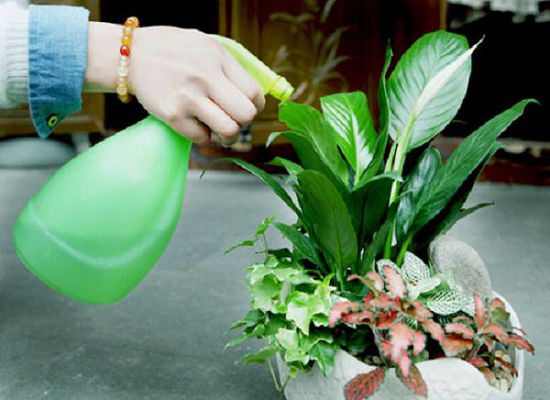How to choose soil for Flower and Plant Conservation
Flowers and plants can grow well only in the most suitable soil, and different flowers have different requirements for soil in different growth periods.
Generally speaking, plant growth requires good soil water conservation and fertility conservation. Generally speaking, the ability of soil containing more humus is good, and the poor performance can be improved by applying organic matter. There are three kinds of soil:
Sandy soil, sandy soil has large grain gap, good ventilation and water permeability, weak water and fertility conservation, easy to increase temperature and easy to cool down. After fertilization, the fertility is strong, but the fertility is short. In sandy soil, the temperature difference between day and night is relatively large.
Clay and clay soils have small intergranular space and poor permeability, and clay soils have strong water and fertility conservation. The fertility of clay soil is longer after fertilization. The temperature difference between day and night of soil is relatively small, which is not conducive to the seedling growth of flowers and plants.
Loam soil and loam soil have the advantages of both sand and clay, good water and fertility conservation and good air permeability. The soil temperature is stable and suitable for the growth of most flowers and plants.
Organic matter and microorganisms in soil
Organic matter has a significant impact on the performance of the soil. The amount of organic matter in the soil depends on the quantity of soil fertilizer and the type and quality of fertilizer. The organic matter in the soil contains various elements needed for plant growth, such as carbon, hydrogen, oxygen, nitrogen, iron and other trace elements. The decomposition of organic matter in soil depends on the action of microorganisms. under the action of enzymes secreted by microorganisms, the elements that can not be absorbed by plants are changed into available nutrients soluble in water for plants to absorb.
The more beneficial bacteria in the soil, the better the soil fertility and the better the growth of flowers and plants.
The acidity and alkalinity of the soil should also be suitable for the growth of flowers and plants in order to keep flowers growing well. Excessive acidity and alkalinity of soil are disadvantageous to the growth of flowers and plants. Too much acid fertilizer in the soil will increase the acidity of the soil, so alkaline fertilizers such as plant ash and lime can be applied to neutralize the soil, on the contrary, if the alkalinity in the soil increases, it can be neutralized by acid fertilizer. The pH of the soil is expressed by pH planting. PH7 is neutral, Xiao Qi7 is acidic, and more than 7 is alkaline.
It is more suitable to grow in weakly acidic soil, that is, flowers and plants with a PH value of about 5-6, including camellia, du Juan, etc., while neutral soil with a pH value of 7 is more suitable for growing flowers and plants such as begonia or primroses, alkaline-tolerant flowers such as geraniums, and fragrant beans can tolerate soils above PH8.
In order to meet the growth needs of all kinds of flowers and plants, the acidity and basicity of soil can be improved.
Related
- What if the leaves of potted flowers turn yellow?
- Florescence Control of several Flowers
- Anti-freezing technology and post-freezing nursing technology of flowers
- What is the classification of flowers? What are the common methods of flower classification?
- Prevention and control of alkali and acid damage of flowers in courtyard
- Technology of Anti-freezing and restoring growth of Flower seedlings in greenhouse and greenhouse
- How does flower fertilization not hurt the root? Fertilization technology of flowers
- Key points of disinfection in flower greenhouse
- Several pesticides that are banned or used cautiously in flowers
- How to fertilize the flowers that watch the leaves?



